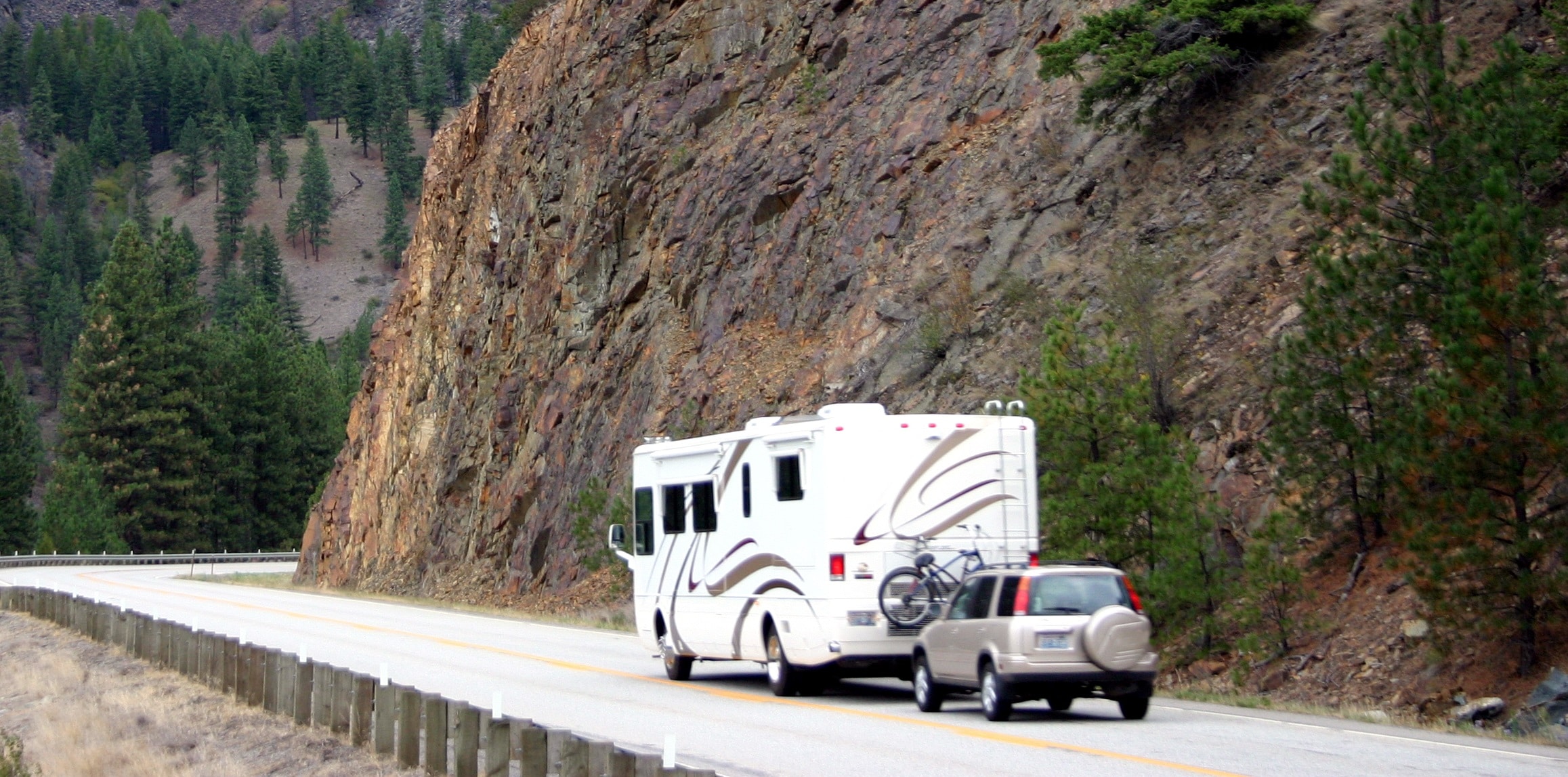RVs are built to meet the needs of campers, and that means that they’re packed with an array of complex components. But with all of these elaborate electronic and mechanical gizmos rolling down the road, it is not surprising that performance failures do occur up from time to time. Most seasoned RVers are quite accustomed to encountering mechanical snafus that threaten to throw a monkey wrench in your trip. With this in mind, it’s important to have the right affordable RV troubleshooting tools on hand for your journey.

Photo: Peter Mercer
Where Troubles Occur
Having five motorhomes in my RV history, I can tell you that the majority of issues seem to be related to an electrical or electronic fault. Sometimes these are minor problems like a blown circuit breaker or an oxidized connection contact. Other instances may lead to a failed component.
Well, we can not always run to the dealer to get these issues corrected or we would be there more often than in camp. Additionally, it may be found that it was something simple that could have been fixed by the owner. However, before the owner can correct an issue, they must first determine where the fault lies. For example, if after you connect to shore power you discovered it failed to power the house, you need to find out why. It could be an open circuit breaker at the service pedestal, a blown breaker within the coach, a failed transfer switch, not a full connection at the shore cord plug, a burned-out shore power adaptor, or a local area power blackout. Troubleshooting even this simple issue can take considerable time in the worst-case scenario. However, with the right tools, it could be done in minutes.

3 Great Troubleshooting Tools: Infrared Temperature Gun, Non-Contact AC Sensor and Multi-Meter
There are three must-have testing tools that every RVer should own. They can help make the troubleshooting both accurate and speedy. Let’s look at these three measuring devices all of which are easily affordable at places like .
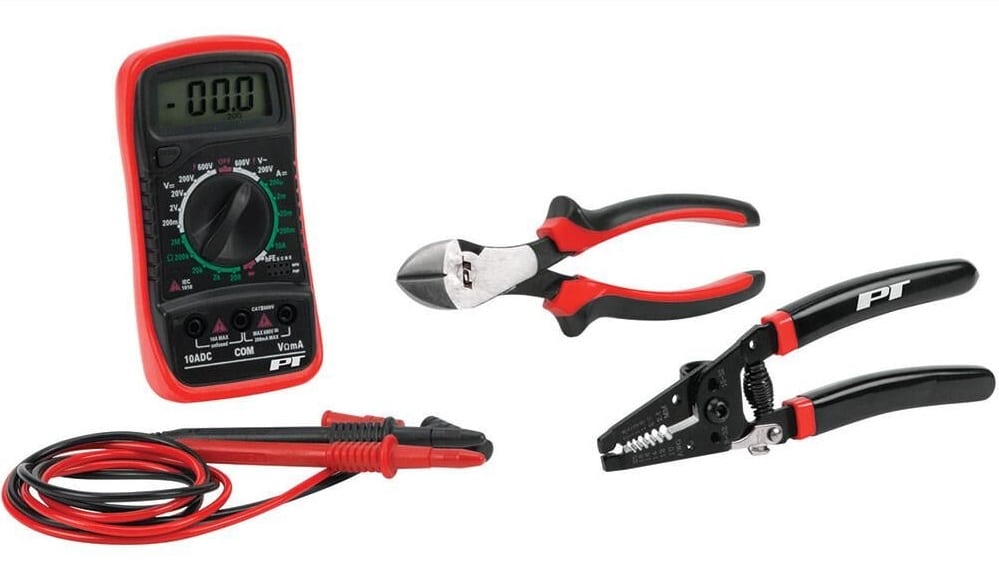
Multimeter with wirecutter and wire stripper. Camping World
Multi-Meter: A multi-meter can measure both AC and DC voltage. It also can be used to check for continuity or ohms of resistance and more. They are available in an analog or digital readout. (Caution: The use of checking continuity on logic boards can damage board components.)
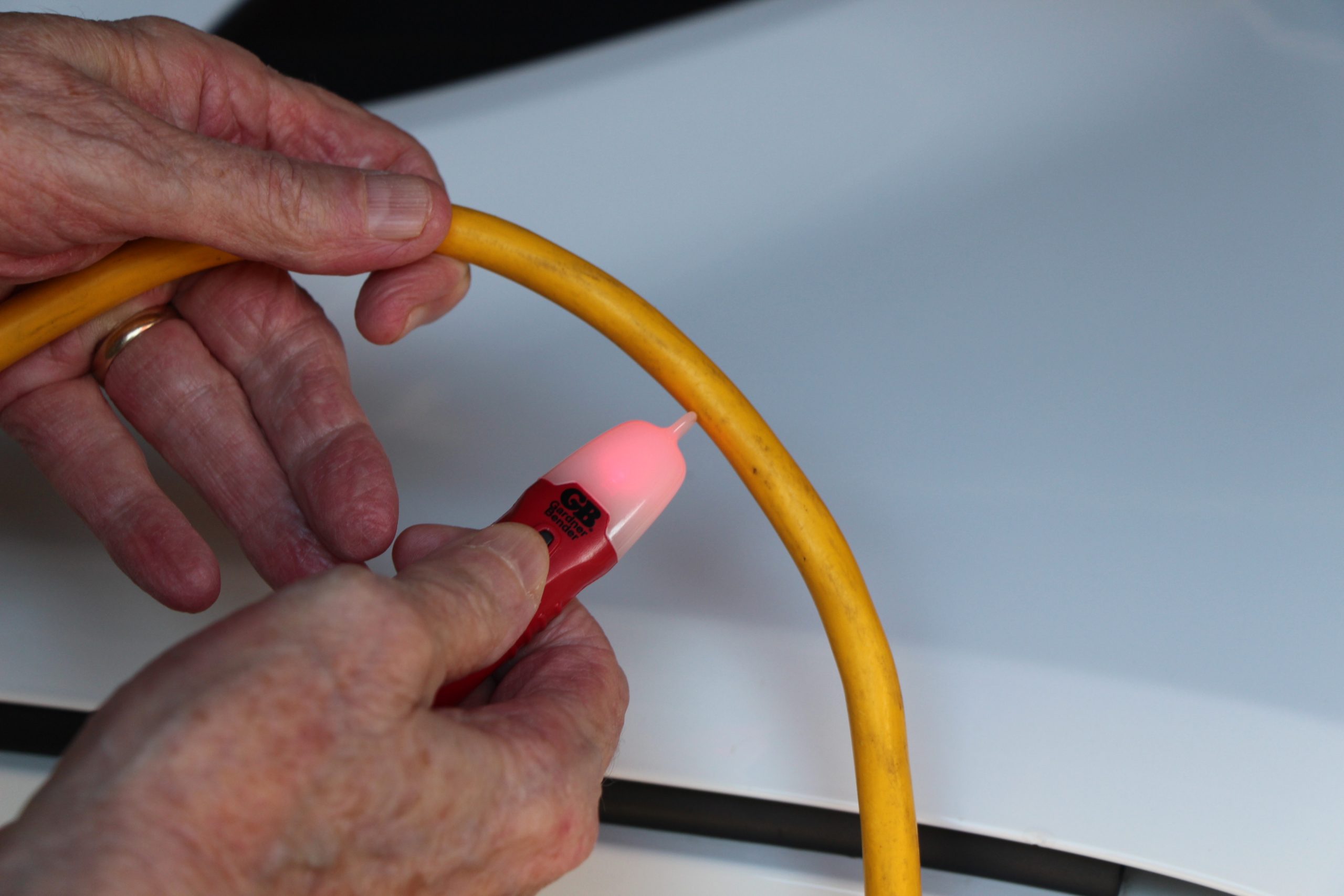
Non-Contact AC Current Sensor
Non-Contact AC Sensor: This pen sized tool can sense the presence of AC current when it is within an inch or less of live power. The tool never touches a conductor as its sensor penetrates wire insulation and ploy-plastic switch enclosures. A quick safe method to confirm if a line or breaker is live.
Infrared Thermometer: This gun shaped tool measures temperatures at a distance via an infrared beam. The range and temperature band width vary with the tool’s pricing. This can be used to quickly check tire temperatures, wheel bearing temperature readings, air conditioning outlet temperatures, and more.
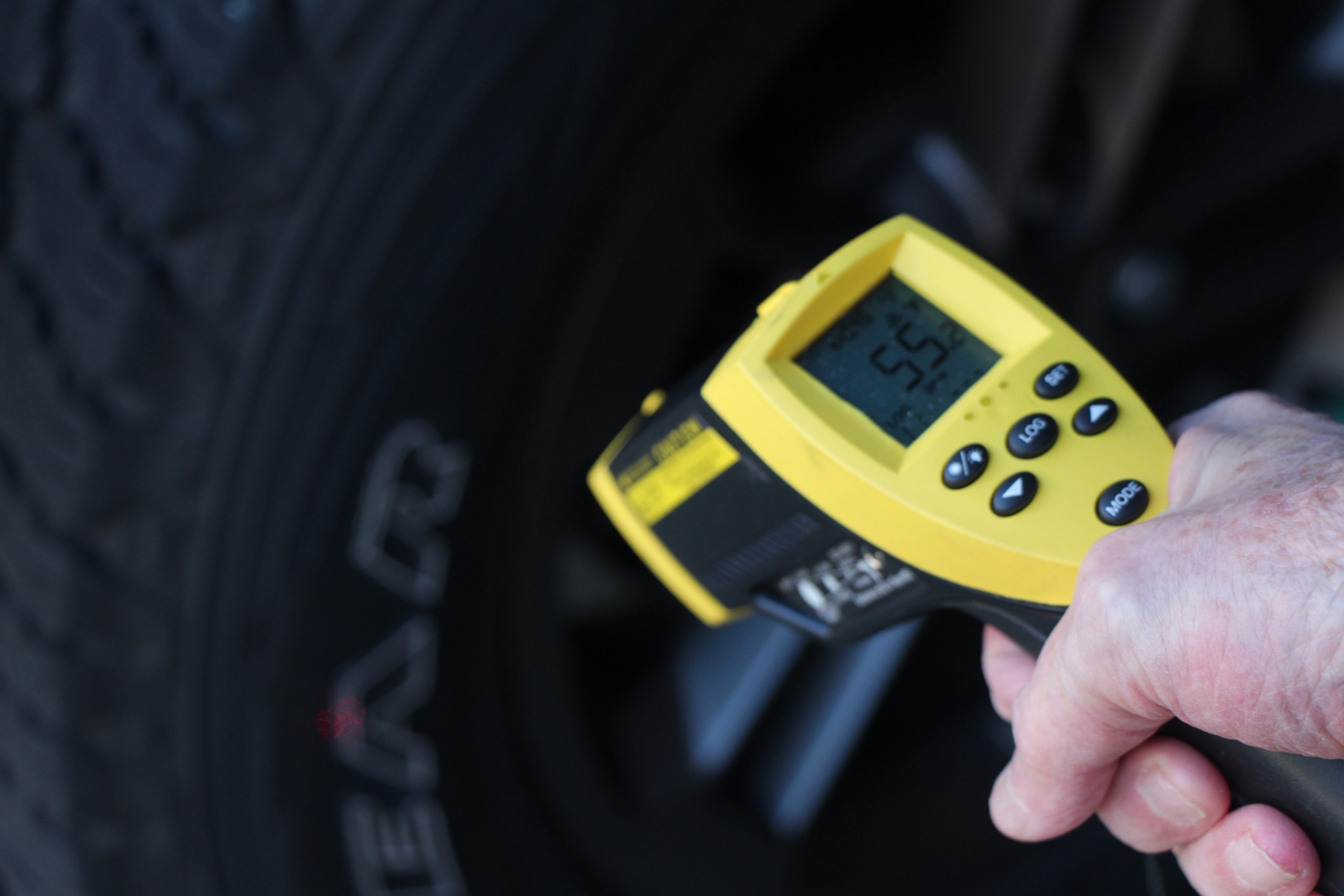
Infrared Thermometer. Camping World
So, in the earlier scenario of no AC power in the coach, the troubleshooting would be accomplished easily and quickly using the non-contact AC sensor. Merely touch it on the pedestal circuit breaker housing, then on the RV shore power cord, then on the cable that exits the transfer switch, and finally on the coach’s main circuit breaker. Where ever the sensor fails to light and buzz, indicates the fault to be the component prior to that point. For example, if the sensor does not light up when the transfer switch output cable is touched, but the input RV shore power cable from the power source is present, the issue lies with the transfer switch.
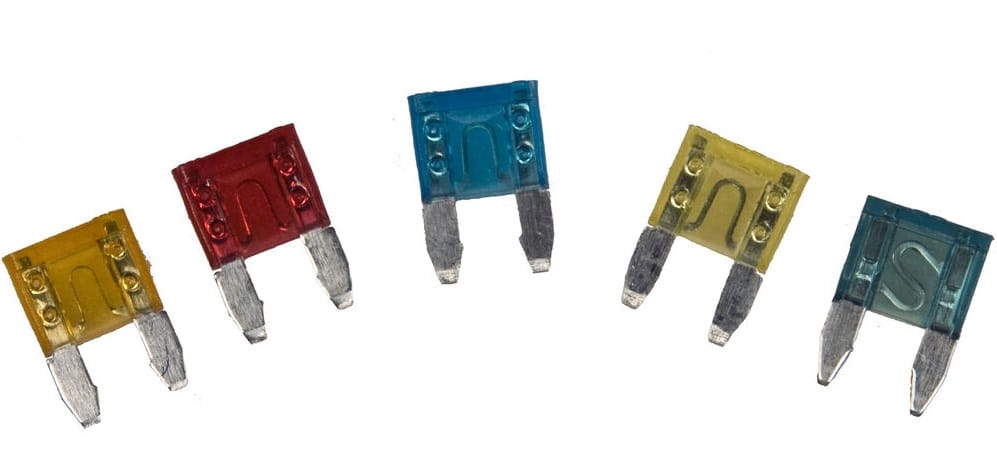
Camping World
Spare Electrical Fuses: Sometimes component failure can be attributed to a simple blown fuse. This is where spare fuses can save the day at an incredibly low cost. Make sure you stock up on the right fuse for your RV and know where to locate your fuses.
Flashlights and Spare Batteries: Keep at least two or more flashlights and spare batteries on board at all times. Why do you need more than one? It’s always great to have a spare, and if there’s a nighttime power failure, you want all of your passengers to be ready to deal with the darkness.
Well, for those that do not have these three very helpful troubleshooting tools on board it might surprise you that all three can be purchased starting at not much more than $100 total. If they help you pinpoint a simple fault that you can correct yourself and save a trip to the shop, they have paid for themselves.
Hopefully, you already have these three must-have tools on board. If not, you might want to consider getting them. Not only will they benefit you for your RV problem troubleshooting, but they can aid in checking things within your home when you are not using your RV.
Peter Mercer – With 5 Must-Have Tools For The RV

